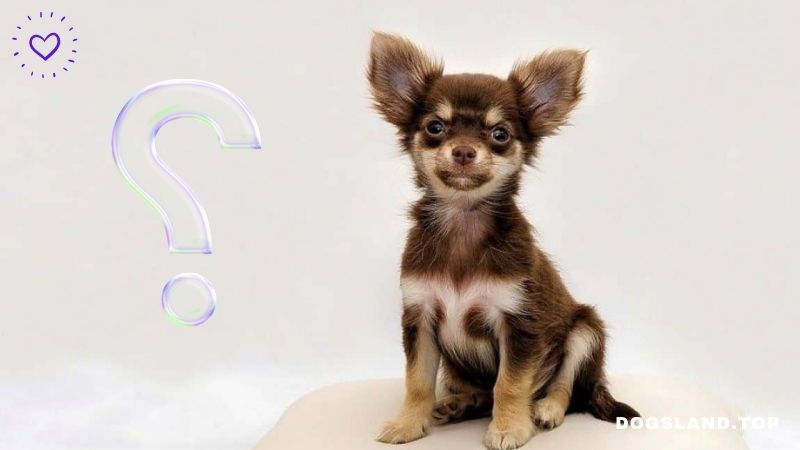Does Your Dog Know His Name?

Have you ever wondered how your dog knows his name? Or how it is possible for him to recognize and respond to your commands during obedience training?
In this article, we’ll unravel the mysteries of canine communication and explore the science behind teaching your pup his name.
If you take the time on day one to teach your puppy his name completely and correctly, he will respond immediately to your commands throughout your dog obedience training.
There will be several occasions throughout your dog’s lifetime in which you will need to summon him and demand his quick attention.
You may run into trouble with the rest of your dog’s training if you botch this fundamental step.
I have faith in the power of these drills to significantly aid in resolving problematic behaviors like aggressiveness and shadow chasing.
Where to begin:
You may begin using this method as soon as you bring your new puppy home. A clicker is optional but highly suggested.
You’ll also need a clicker and a bowl full of little delectable snacks like chicken chunkers or chopped cooked chicken or sausage.
Your dog needs to relax in a quiet area of the house. The restroom is an acceptable location. Let the dog in and shut the door so he can look around.
We recommend that you take a seat, even if it’s on the floor. Just use the dog’s name. You’re expected to click and treat if he even glances in your direction.
In five-minute increments, keep at it. Whenever the lesson is over, he should be allowed to go. Maintain these few exercises until your puppy eagerly comes to you at the sound of your voice.
Throwing the puppy’s toy away from you then calling him will distract him.
Take the puppy out of the room and call his name within the home to make him come to you. Dogs are easily trained; all it takes is a few treats to get them to come rushing when you call them, then a few more repetitions of this activity.
Remember, this is not a memory test. When you come to teaching the recall, you’ll learn about certain other components that are taught independently.
Remember that the only thing we’re doing here is teaching your dog his name, and that whenever he hears his name he should look at me instantly.
Either you or him might be watching TV and munching on a super right now. Whenever he glances in your direction after you call his name, reward him with a sweet treat.
Now that you know your dog will respond to the sound of his name being called, you can move the training outside into the yard and repeat the process until he comes running whenever you say his name.
When you feel motivated enough in your progress, you may move the workout to the park, the club grounds, or the beach.
Keep him on a leash for the time being, but when he looks in your direction, click and treat. Let him get distracted by other animals (dogs, squirrels, humans) and then call his name. Click and reward when he stares at you like always.
If at any point the dog does not instantly glance at you, you have moved on too soon and need to retrace your steps.
It’s crucial that he always knows that hearing his name implies he should give his whole attention to the person saying it. You should always be calling, clicking, and treating.
He will respond best to being called by name during intense training sets. In a group of hyperactive canine companions, calling his name will calm him down.
In the meanwhile, as you’re waiting for your turn to perform an activity, you might scream out his name. Always praise him when he comes when called.
If you put in the time and effort, you’ll be ready to calm things down if your dog ever shows signs of wanting to attack another dog, pursue a cat, or bark at the postman.
Using this method to teach your dog his name will provide you with a powerful tool that will make it easier for you to learn dog obedience training activities like the recall.
Conclusion:
It is always comforting to know that our dogs recognize us and understand the sounds we make.
Whether or not your dog knows his name depends on a variety of factors, including what kind of training you have done with him.
How often you use his name when speaking to him, and how much time he has spent around people who call him by his name.
With patience and consistency, you can train any pup to respond to their own unique name in no time at all!